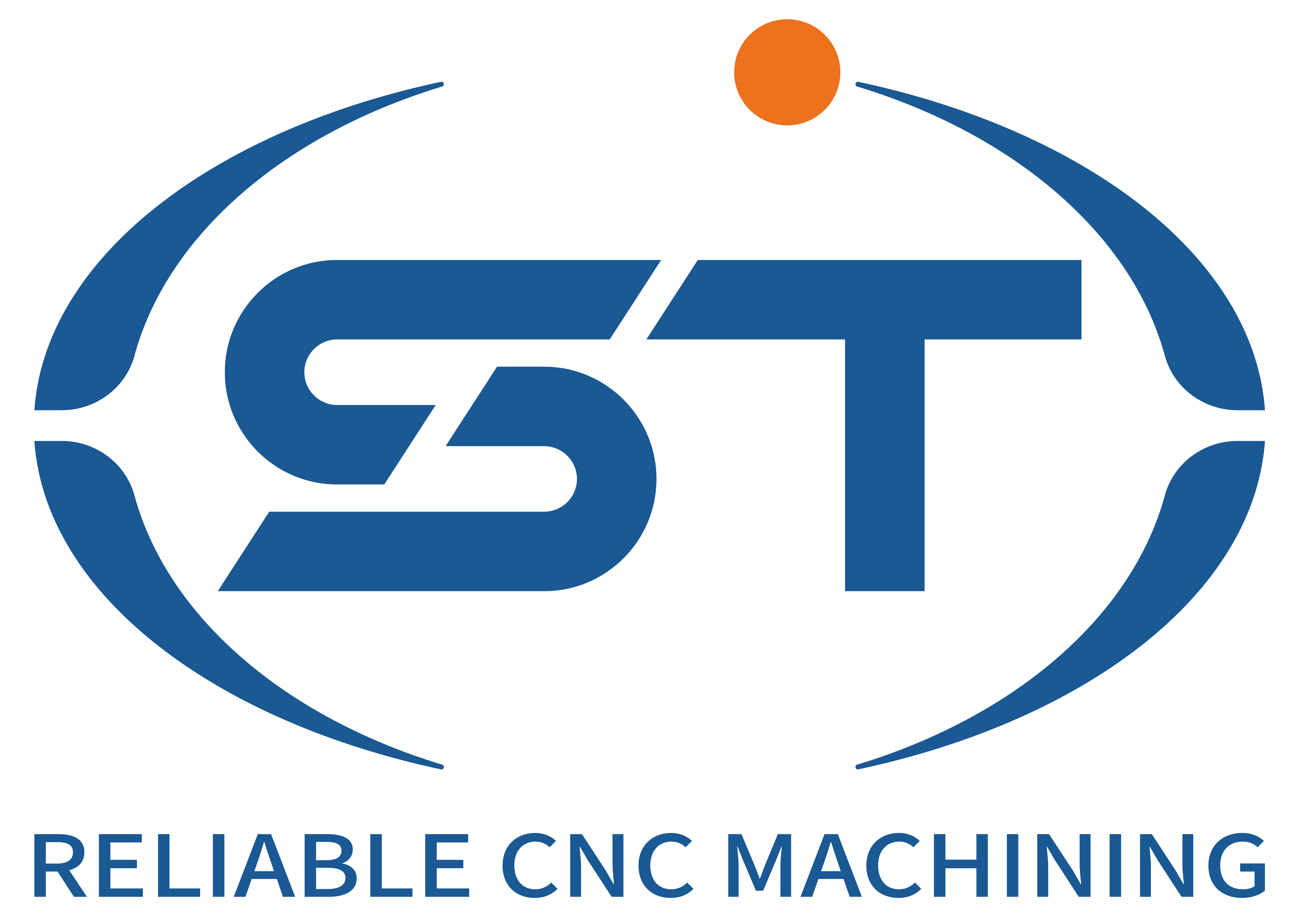Effective Tool Life Management in CNC-bewerking van automotive componenten
In automotive CNC machining, tool life directly impacts production efficiency, part quality, and operational costs. Poor tool management leads to unexpected failures, increased downtime, and scrap parts, while excessive tool changes reduce productivity. By implementing systematic strategies for monitoring, optimizing, and extending tool life, manufacturers can enhance reliability, reduce waste, and maintain competitive edge. Below are key approaches to manage tool life effectively in automotive CNC workflows.
Inhoudsopgave
SchakelaarReal-Time Tool Monitoring and Predictive Analytics
Integrating IoT sensors and machine monitoring systems enables real-time tracking of tool performance. Sensors measure variables such as vibration, cutting forces, spindle load, and temperature, providing actionable data to detect early signs of wear or failure. For example, a sudden increase in vibration might indicate tool chatter or edge dulling, prompting proactive maintenance before a catastrophic breakage occurs.
Predictive analytics tools analyze sensor data to forecast tool life. By applying machine learning algorithms to historical performance trends, these systems predict optimal replacement intervals based on usage patterns, material properties, and cutting parameters. For instance, if data shows a tool consistently fails after 8 hours of machining a specific alloy, the system can schedule a replacement at 7.5 hours to prevent unplanned downtime.
Operators can also use real-time dashboards to monitor tool health. By displaying metrics like tool wear rate, remaining life estimates, and historical failure patterns, these interfaces empower personnel to make informed decisions—such as adjusting parameters to extend tool life or pausing a machine to inspect a tool before it fails.
Optimized Cutting Parameters and Adaptive Strategies
Cutting parameters—such as spindle speed, feed rate, and depth of cut—significantly influence tool life. By using advanced CAM software and simulation tools, engineers can generate toolpaths that minimize stress and heat generation, extending tool durability. For example, high-speed machining (HSM) strategies with light depths of cut and rapid feed rates reduce thermal loading, preventing premature tool degradation.
Adaptive control systems further enhance tool life management by dynamically adjusting parameters during machining. By integrating sensor feedback, these systems optimize cutting conditions in real time. For instance, if a tool begins to dull, the system might reduce the feed rate slightly to maintain a consistent chip load, preventing overloading and extending the tool’s usable life.
Material-specific parameter libraries also improve efficiency. By storing optimized settings for different materials—such as aluminum, steel, or composites—manufacturers ensure tools operate within their optimal performance ranges, reducing wear and improving consistency. For example, a library might recommend a lower feed rate for hardened steel to prevent edge chipping.
Proactive Tool Maintenance and Reconditioning Practices
Regular tool inspection and maintenance are critical to extending life. By implementing scheduled checks—such as daily visual inspections or weekly measurements of edge geometry—operators can detect issues like micro-chipping or flank wear before they escalate. For example, a minor edge nick detected during inspection might be repaired through regrinding, restoring the tool to like-new condition.
Tool reconditioning services offer a cost-effective alternative to replacement. By resharpening, recoating, or rebuilding worn tools, manufacturers can extend their service life significantly. For instance, a carbide end mill might be recoated with a wear-resistant layer after initial use, restoring its cutting performance for additional cycles.
Proper storage and handling also preserve tool integrity. By storing tools in climate-controlled environments and using protective cases to prevent damage, manufacturers reduce the risk of premature failure due to corrosion or physical impact. For example, storing cutting inserts in labeled, moisture-proof containers prevents oxidation and maintains sharpness.
Centralized Tool Management Systems and Inventory Optimization
Centralized tool management software streamlines tracking and inventory control. By digitizing tool data—such as purchase dates, usage history, and maintenance records—manufacturers gain visibility into tool performance and lifecycle costs. For example, the system might flag a tool with a high failure rate, prompting an investigation into root causes like improper storage or parameter settings.
Inventory optimization features reduce waste and downtime. By tracking tool usage in real time, the system ensures critical tools are always available when needed. For instance, if a tool’s remaining life falls below a threshold, the system can automatically trigger a reorder, preventing delays due to stockouts.
Integration with CNC machines and automation systems further enhances efficiency. By syncing tool data with machine controllers, the system ensures operators use the right tool for each job and receive alerts when replacements are due. For example, a machine might pause operations and display a notification if a tool exceeds its predicted life span.
By adopting these strategies—real-time monitoring, optimized parameters, proactive maintenance, and centralized management—automotive manufacturers can maximize tool life, reduce costs, and maintain high productivity in CNC machining. These improvements not only enhance operational efficiency but also contribute to higher part quality and customer satisfaction in a demanding industry.




